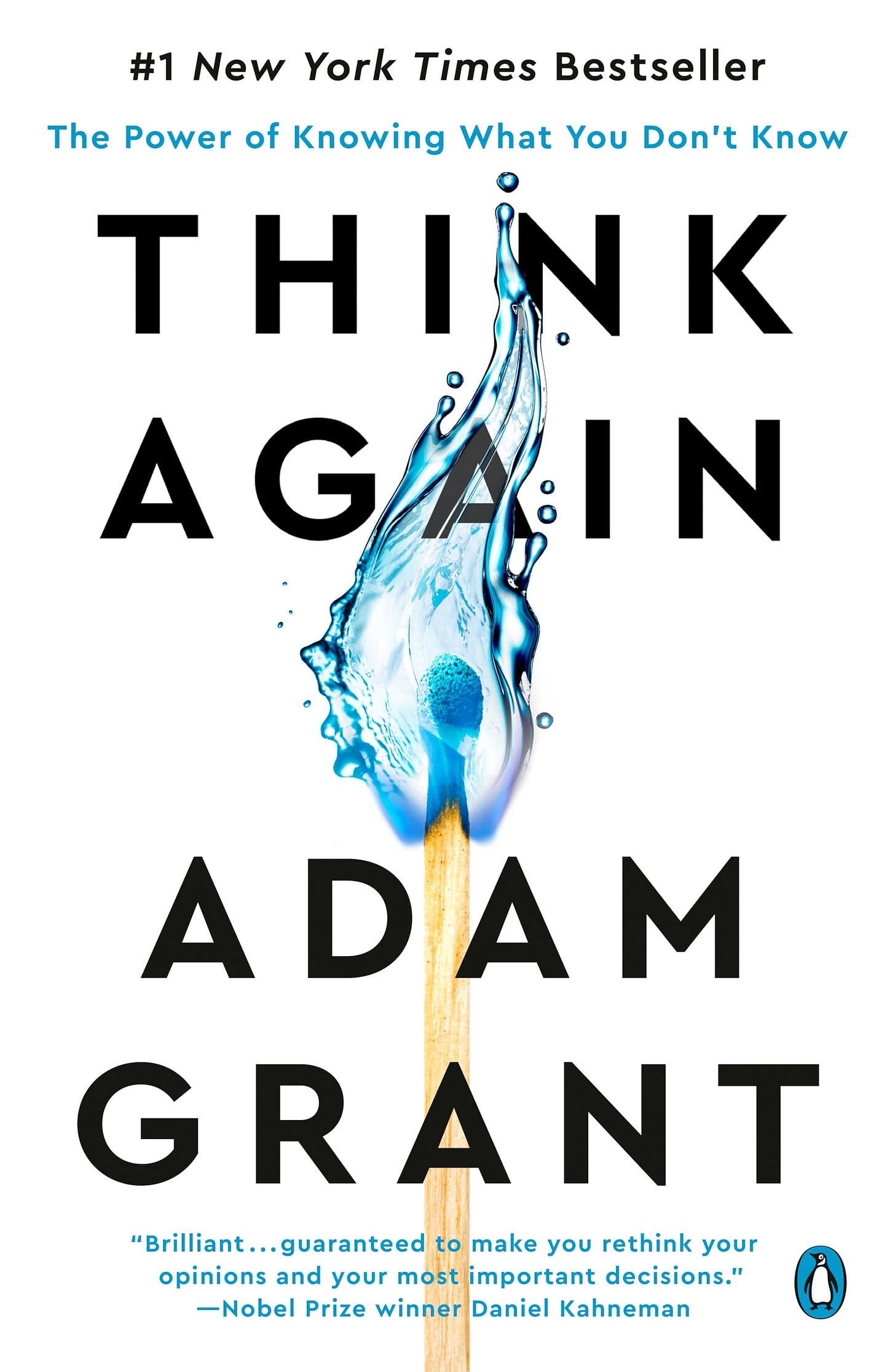In a world that moves faster than ever, where technology evolves by the minute and societal norms shift with each generation, sticking rigidly to old beliefs can be more dangerous than making the wrong decision. If there’s one constant today, it’s change—and the most successful individuals and organizations aren’t those with all the answers, but those with the humility and courage to rethink their assumptions.
Rethinking is not a sign of weakness—it’s a competitive advantage. It requires curiosity, openness, and the ability to challenge your deepest beliefs. Whether in business, relationships, or personal development, the ability to change your mind is often what separates long-term success from catastrophic failure.
Here are the key lessons on why and how to embrace the art of rethinking:
1. Adapt or Fall Behind: The Blackberry Lesson
The story of Blackberry’s downfall is a modern parable about the dangers of rigidity. Once a dominant force in mobile technology, Blackberry failed to see beyond its core offering—email and basic calls—while the world demanded more. Mike Lazaridis, its founder, couldn’t envision a future beyond his original vision, and that lack of adaptability sealed the company’s fate.
In a rapidly evolving world, sticking to outdated assumptions—whether in business strategy or personal beliefs—can be fatal. The best approach? Think like a scientist. Test your ideas, welcome contradictory evidence, and evolve.
2. Beware of What You Don’t Know
Perhaps more dangerous than ignorance itself is what psychologists call “incompetence blindness”—the tendency to overestimate our own expertise in areas where we lack knowledge.
The antidote? Humility.
True self-confidence comes not from pretending to know everything, but from recognizing your limits. Constructive debate and healthy arguments—especially those that focus on ideas, not personal attacks—can reveal blind spots and lead to better decisions.
The most innovative teams, as studies from Silicon Valley show, thrive on task-based conflict. They challenge each other’s thinking, expose weaknesses, and grow stronger for it.
3. Persuasion Is an Art—And a Science
Changing minds—yours or someone else’s—requires more than facts. The best negotiators follow three timeless principles:
✅ Find common ground to build rapport.
✅ Present fewer, stronger arguments—quality always beats quantity.
✅ Stay curious. Ask questions like a scientist exploring a new hypothesis.
This approach isn’t reserved for boardrooms. It applies to everyday conversations, family disagreements, or convincing a friend to see your perspective.
The secret? It’s not about winning—it’s about understanding.
4. Even Deep-Rooted Beliefs Can Shift
Few stories illustrate the power of dialogue better than that of Daryl Davis, a Black musician who spent decades engaging Ku Klux Klan members in conversation. Through empathy and courageous discussions, Davis convinced many to abandon their racist ideologies—proving that even the most entrenched hatred can unravel when confronted with the arbitrariness of belief.
His story is a testament to the fact that beliefs, no matter how irrational, often crumble when people are encouraged to reflect on their origins. Empathy, not aggression, opens the door to real change.
5. The Most Powerful Questions Are the Ones That Spark Reflection
Dr. Arnaud Gagneur, known as the “vaccine whisperer,” mastered the art of persuasion by asking the right questions. Instead of confronting hesitant parents, he practiced motivational interviewing—listening actively, asking open-ended questions, and guiding individuals to uncover their own reasons for change.
It’s a method built on respect, autonomy, and trust. People resist being told what to do—but they embrace conclusions they reach themselves. Empathy and curiosity, combined with reflective listening, can break down even the most rigid resistance.
6. Complexity Encourages Rethinking—Black and White Thinking Blocks It
In our polarized world, issues are often framed as binary: you’re either with us or against us. But research shows that this oversimplification discourages critical thinking.
Presenting issues as nuanced and multifaceted—acknowledging doubts and diverse viewpoints—actually makes people more open to change. Ironically, expressing uncertainty as an expert can be more persuasive than projecting false certainty.
The climate change debate illustrates this well. Framing the conversation around complexity, rather than simplistic dichotomies, fosters more thoughtful and inclusive dialogue.
7. Your Team’s Culture Shapes Their Ability to Rethink
The tragic Columbia Space Shuttle disaster is a harsh reminder of what happens when organizational culture suppresses rethinking. NASA’s performance-obsessed culture discouraged engineers from voicing concerns—a mistake that proved fatal.
A truly innovative team cultivates a learning culture—where failure is seen as a step toward improvement, not a weakness to hide. Psychological safety, where people can admit mistakes without fear, is the foundation of such a culture.
The best organizations don’t just chase results; they foster curiosity, humility, and growth at every level.
Final Thoughts: The Courage to Rethink is the Courage to Grow
Success, progress, and innovation aren’t about having all the answers—they’re about asking better questions. They’re about embracing humility, challenging your own beliefs, and creating environments where dialogue thrives and change is welcome.
In an unpredictable world, the real advantage lies not in rigid certainty, but in flexible, curious thinking. So, the next time you feel your beliefs hardening, ask yourself:
“What if I’m wrong?”
That simple question could be the beginning of your next breakthrough.


